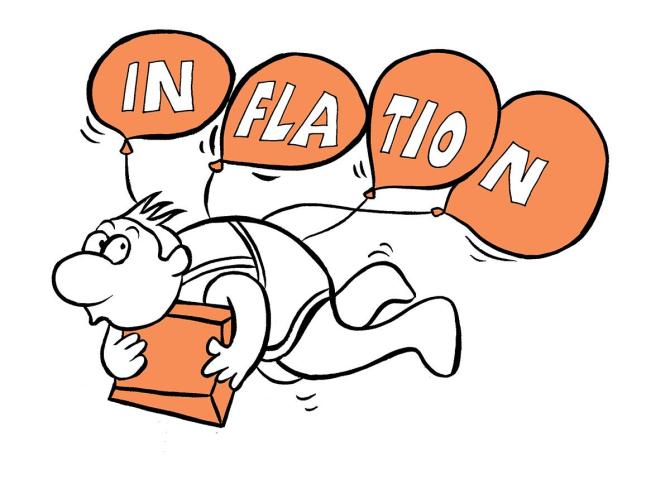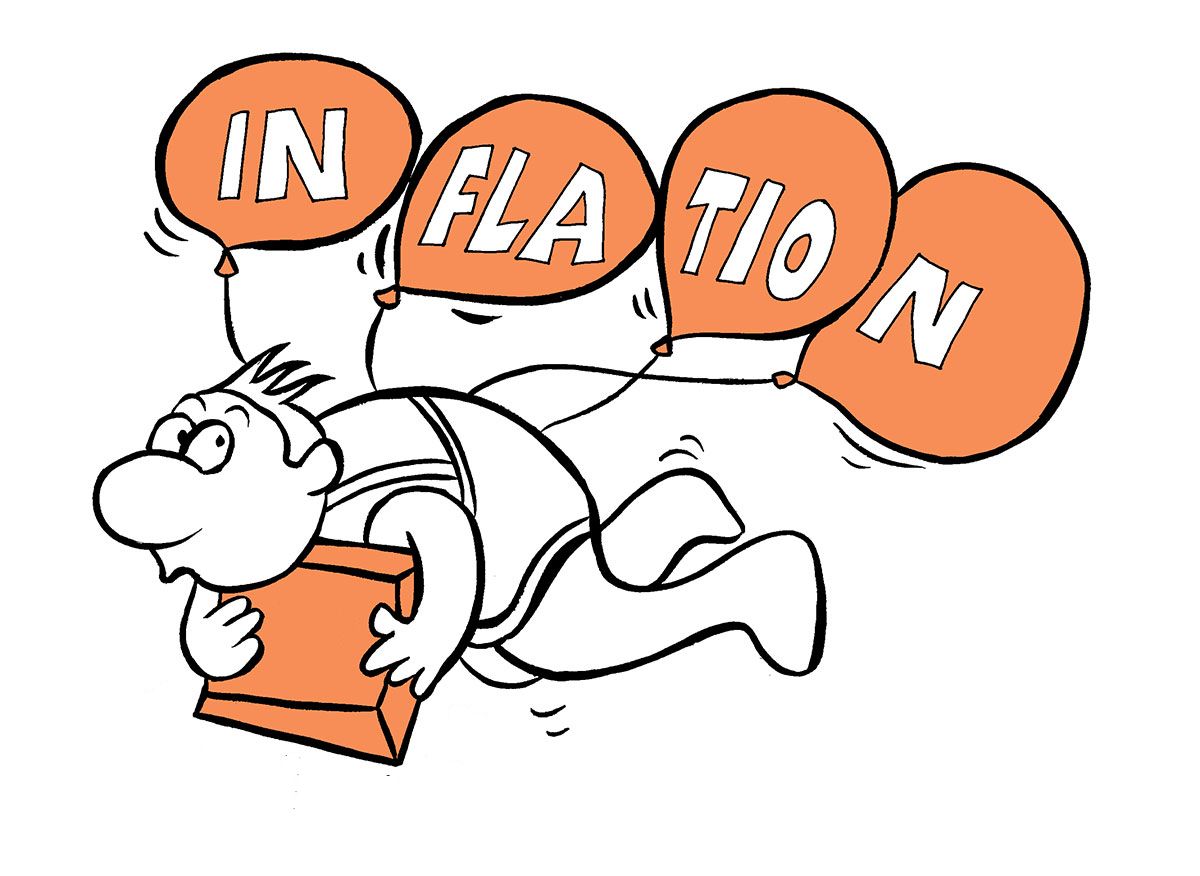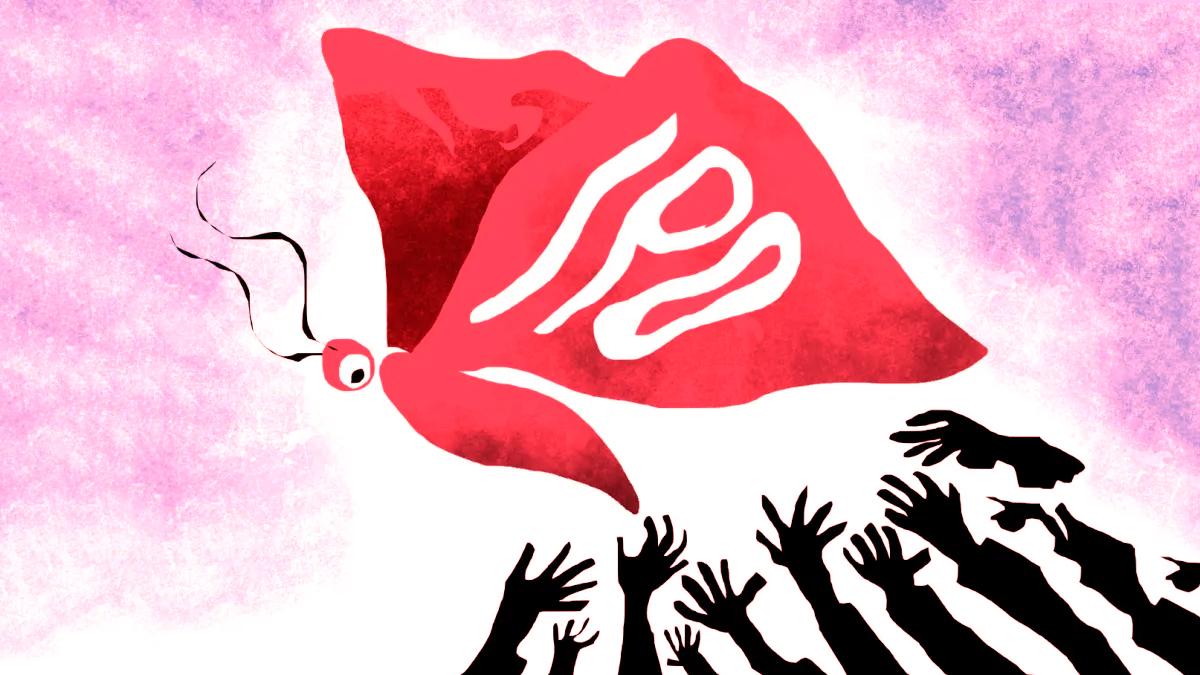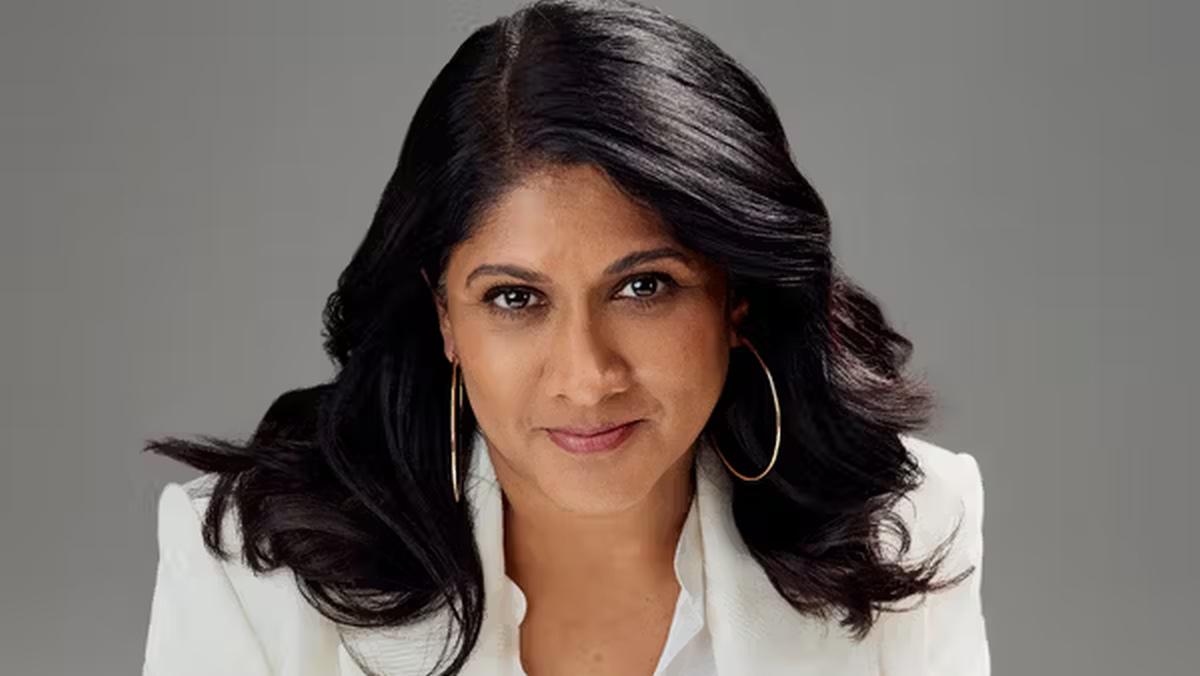India’s consumer price index (CPI)-based retail inflation rate is likely to have cooled further in June, thus remaining below the 4 per cent target of the Reserve Bank of India (RBI) for a fifth consecutive month, giving the central bank wiggle room to focus on growth.

Illustration: Uttam Ghosh/Rediff
Economists reckon that the decline is on account of easing prices in various categories of goods, especially food items, and a favourable base effect.
In May, the retail inflation rate stood at a 75-month low of 2.82 per cent, while in June last year, it was 5.08 per cent.
The National Statistics Office (NSO) on Monday will release the June CPI data.
In its last bimonthly meeting in June, the RBI had revised downwards its CPI inflation forecast for 2025-26 to 3.7 per cent, with the Q1 (April-June) inflation rate remaining as low as 2.9 per cent.
Madan Sabnavis, chief economist at Bank of Baroda, said the retail inflation rate in June was expected to come in at 2.6 per cent with broader comfort being provided by food inflation.
“The BoB Essential Commodities Index (BoB ECI) was in deflation territory in June as well, declining by 1.8 per cent, on a y-o-y basis.
“The major support had come from vegetables and pulses, buoyed up by better production,” he added.
Echoing similar views, Aditi Nayar, chief economist, Icra Ratings, said that regardless of the seasonal sequential uptick in food prices typically seen in June, the inflation print in the food and beverages segment was expected to ease to sub -1 per cent in the month for the first time in over six years, aided by a high base.
“This would help pull down the headline inflation number further to 2.5 per cent, implying a print of 2.8 per cent for Q1 FY2026, a shade below the Monetary Policy Committee’s forecast,” added Nayar.
The core inflation rate, which excludes the food and fuel components, is expected to have edged up in June slightly to 4.5 per cent, indicating signs of steady demand conditions in the economy.
“The rise in the core inflation rate reflects higher gold prices and adverse base effects.
Meanwhile, the ‘core core inflation rate’, which excludes gold, silver, petrol and diesel, is expected to have remained subdued due to a negative output gap,” said IDFC Bank Chief Economist Gaura Sengupta.
“We estimate the CPI to remain at 2.25 per cent in June and for FY26, we expect it to average at 3 per cent,” added Sengupta.
In a report on Tuesday, rating agency Crisil said home-cooked meals too turned cheaper in June, demonstrated by the fact that the cost of a vegetarian thali fell 8 per cent, driven by a sharp drop in prices of tomatoes, potatoes, and onion, while the cost of a non-vegetarian thali declined by about 6 per cent, aided by drop in broiler prices.
Sabnavis said the usual seasonal buildup in TOP (tomato, onion and potato) prices was visible with the sharpest upward correction witnessed for tomatoes and some stickiness in core inflation was expected to prevail because of frontloading of consumption demand due to tax benefits given in the Budget.
“The TOP trajectory requires close monitoring because June and July have the usual seasonal trend of reversal in prices for these items as one harvesting period is at its end.
“However, the outlook for inflation remains comforting for now,” he added.




